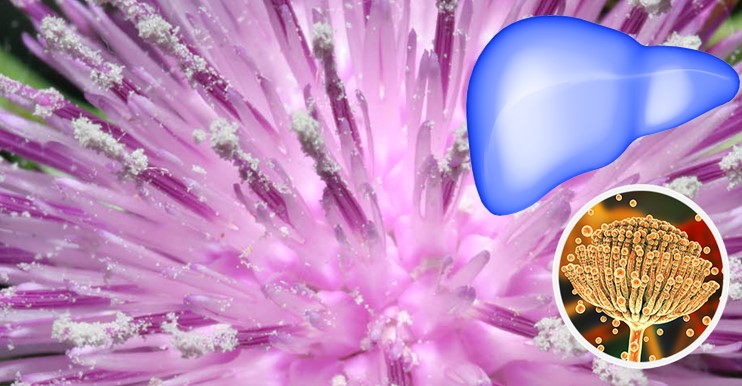The effect of different levels of silymarin on the growth rate and morphology of the liver in chickens when fed diets contaminated with mycotoxins

Dear colleagues,
This week we are pleased to present an article showing the positive effects of silymarin from Sybilum Marianum seeds against the hepatotoxic effects of aflatoxin B1 / AFB1 in chickens.
This type of challenge complements other published articles that have confirmed the benefits of adding a source of silymarin against OTA and ZEA.
We can also reveal that in a few months you will see new research carried out by our R&D department in which we have confirmed, with excellent results, the positive effects of a modified source of silymarin against DON and FUM. Obviously, all these trials have used reasonable levels of silymarin or enhanced sources of silymarin, as is the case with us. We say this because we are accustomed to seeing the name silymarin used in virtually undetectable doses in combination with various commercial formulations of mycotoxin adsorbents.
With regard to mycotoxin adsorbents, I would like to point out that in some cases only a few parts per billion of mycotoxins are enough to seriously affect metabolism. Therefore, from our point of view, we need a solution that complements them with a powerful symptomatic treatment, since binding all mycotoxins with just a good toxin adsorbent is difficult to achieve.
In any case, if you want to work with a good symptomatic treatment against mycotoxins, we recommend the following points:
– Ensure that you use a recognised hepatoprotective agent at the correct dosage.
– If this hepatoprotective agent is a metabolic antioxidant, so much the better, as it will surely be a good anti-inflammatory and immunomodulator.
– If the hepatoprotector is protected or has some form of activation, that would be better.
Enjoy the article.

